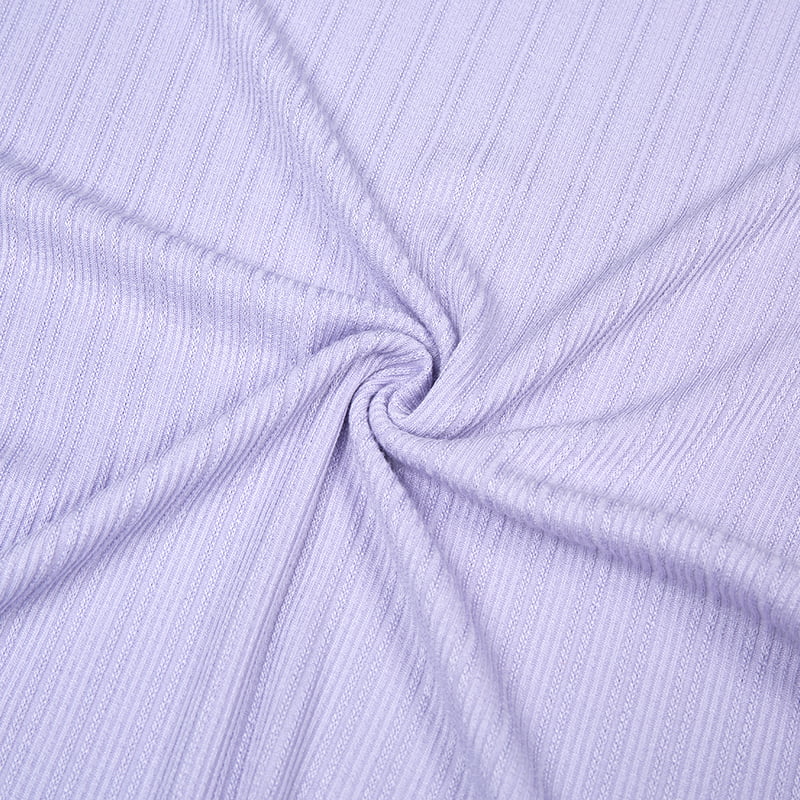
Pilling resistance in ribbed knitted fabrics is influenced by several factors, which can be broadly categorized into fiber properties, yarn characteristics, fabric construction, and finishing treatments. Here are the key factors:
Fiber Properties:
Fiber Length: Longer fibers tend to pill less than shorter fibers because they are less likely to work their way out of the fabric structure.
Fiber Type: Synthetic fibers like polyester and nylon are more prone to pilling than natural fibers like cotton and wool due to their higher strength and durability. However, blends can mitigate this effect.
Fiber Surface: Fibers with a smooth surface are less likely to pill than those with a rough surface.
Yarn Characteristics:
Yarn Twist: Higher twist in yarns can reduce pilling as the fibers are held more tightly together, making it harder for them to protrude and form pills.
Yarn Ply: Ply yarns, which are made by twisting multiple yarns together, tend to be more resistant to pilling than single yarns.
Yarn Type: Combed yarns, which have shorter fibers removed, are less prone to pilling compared to carded yarns.
Fabric Construction:
Knit Structure: The tightness and density of the knit can influence pilling. Tighter, denser knits generally exhibit better pilling resistance.
Rib Pattern: Different rib patterns (e.g., 1x1, 2x2) can affect the surface texture and thus the tendency to pill. Tighter rib patterns may resist pilling better than looser ones.

Finishing Treatments:
Chemical Finishes: Treatments such as anti-pilling finishes can significantly reduce the tendency of fabrics to pill.
Mechanical Finishes: Processes like singeing (burning off surface fibers) can help reduce pilling by removing loose fibers that might form pills.
Fabric Care:
Washing and Handling: Proper care, including gentle washing and avoiding abrasive surfaces, can help maintain the fabric’s resistance to pilling.
Detergents and Fabric Softeners: Using mild detergents and avoiding fabric softeners that can coat fibers and reduce friction can help minimize pilling.
Environmental Factors:
Wear and Abrasion: Fabrics subjected to high levels of abrasion and friction, such as those used in activewear, are more likely to pill.
Humidity and Temperature: Environmental conditions can influence fiber behavior and contribute to pilling.
The pilling resistance of ribbed knitted fabrics is determined by a combination of intrinsic fiber properties, yarn and fabric construction techniques, finishing processes, and proper care and handling. Adjusting these factors can help produce ribbed knitted fabrics with improved resistance to pilling.


 English
English 中文简体
中文简体











